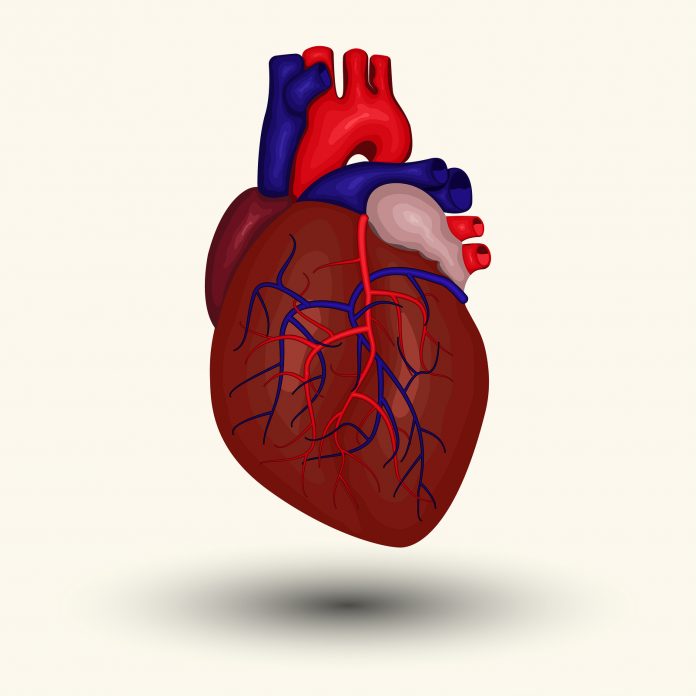Researchers at ETH University in Zurich have created a soft silicone heart using a 3D printer that allows the heart to pump similar to a real heart. The breakthrough is still far from being a viable option for humans, but could lead to replacing the body’s most vital organ.
Silicone, a material that’s known to be accepted by the body, was used due to the material’s ability to help engineers overcome the complex pumps, valves and chambers that the heart utilizes to push blood through the body.
Nicholas Cohrs, a doctorate student at the University, used an organic heart as a template to print the 3D heart. He also added an extra chamber to mimic the central wall of heart so that he could fill it with air and “pump” the heart to test how it works.
The test worked, with the heart able to function much like a real heart. Silicone hearts can only pump for 3,000 beats, or long enough for approximately 30 minutes of life before they cease pumping.
The team at ETH Zurich plans to continue advancing their new technology to extend the time the heart can pump and hopefully allow the heart to be used for transplants.
The heart was able to beat at approximately 80 beats per minute. The limit of 3,000 beats is far off from what a normal heart can withstand. A person’s heart will beat some 3 billion times by the time a person is 80 years old.
Researchers have yet to find a material that can beat this number of times without failing.
ETH posted about their advancement on their official website.
“Our goal is to develop an artificial heart that is roughly the same size as the patient’s own one and which imitates the human heart as closely as possible in form and function,” states Cohrs.
Around 26 million people suffer from heart failure worldwide.






























